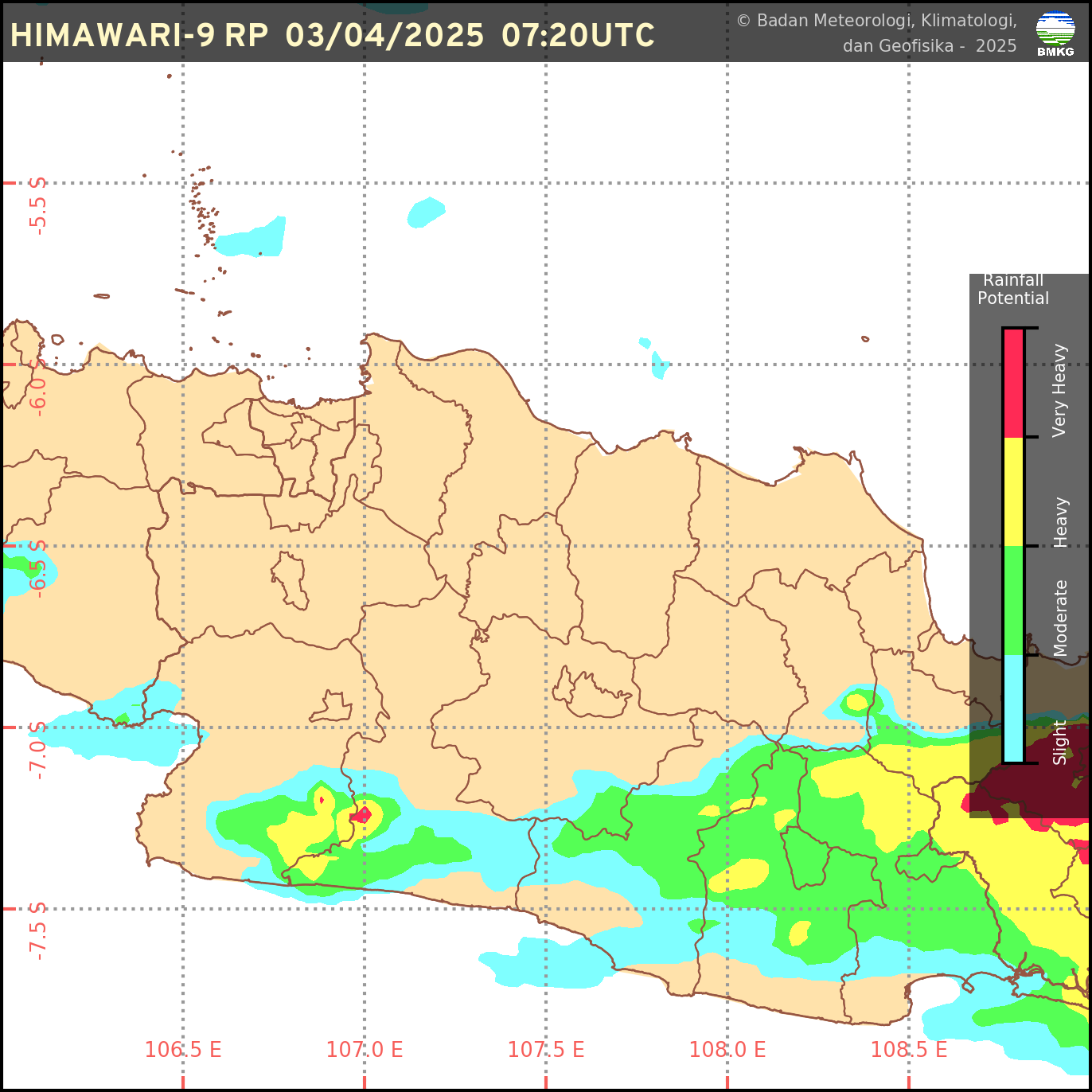Authors: MK Najib, S Nurdiati, A Sopaheluwakan.
Abstract: Hotspots in Kalimantan are significantly correlated with local and global climatic conditions. These hotspots have been represented in previous explorations using copula-based mean regression technique. However, this study focused on advancing hotspots model through the use of copula-based quantile regression. Probabilistic method was also introduced to depict the characteristics of hotspots in Kalimantan. To achieve this objective, the technique of the inference of functions for margins was applied. Several copula functions, including Gumbel, Clayton, Frank, Joe, Galambos, BB1, BB6, BB7, and BB8, were meticulously chosen. The selection of the most suitable copula was based on the results of the Anderson-Darling and Cramer-von Mises hypothesis tests. The results showed that the combination of quantile and mean regression yielded satisfactory results. Moreover, an uncertainty range was established by assessing the outermost quantile, which aided the assessment of the reliability of estimated hotspots. Probabilistic model introduced a fresh viewpoint to modeling process. Instead of forecasting an exact value, model estimated the probability of hotspots occurrences based on specific climatic conditions. Among the three scenarios examined, precipitation-based model showed an average accuracy of 89.7%, while dry spells-based outperformed the value with a score of 90.3%. After evaluating the results from both regression and probabilistic model, dry spells-based method outperformed precipitation-based. On the other hand, precipitation-based performed better in capturing certain minor details compared to dry spells-based model.
Keywords: Copula-based quantile regression, El Nino-Southern Oscillation (ENSO), hotspots, probabilistic model, rotated copula
link: 10.15625/2615-9783/19302
Dipublikasikan pada Vietnam Journal of Earth Sciences, vol. 46(1): 12-33.




 Sumber: BMKG
Sumber: BMKG
0 Komentar